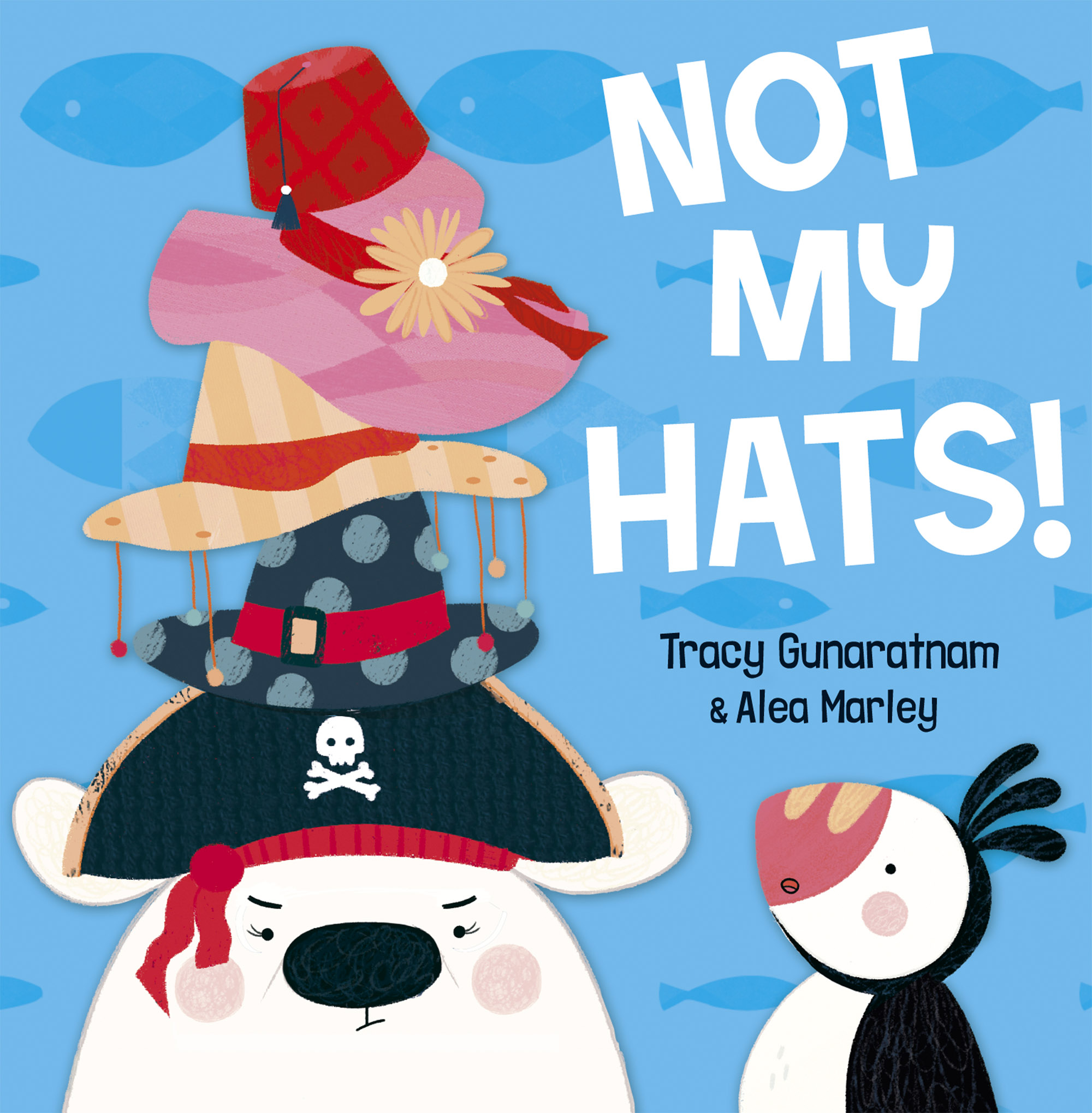

Savage tries something different with “Little Tug,” a more disarmingly modest book for younger children than “Where’s Walrus?,” whose wordlessness and off-the-page references to Edward Hopper as well as to “Where’s Waldo?” meant inference was everything. Still, both books were strong sellers and brought deserved attention to their creators.

The deliberations are secret, so we cannot know the Caldecott committee’s thinking, but the single (if expert) joke of “Walrus” and the Raymond Carveresque minimalist murder plot of “Hat” were perhaps not pluses. (Oct.Jon Klassen’s “I Want My Hat Back” and Stephen Savage’s “Where’s Walrus?,” though two of the most widely anticipated Caldecott Medal contenders of 2012, didn’t, in the end, get much love from the American Library Association committee that chose the winning picture book, “A Ball for Daisy,” by Chris Raschka, along with three runners-up.

Tough times call for tough picture books. It's no surprise that the dominant color of the spreads is black. So I am not worried about that." The spread tells another story the crab betrays the small fish in a heartbeat, pointing to its hiding place, "where the plants are big and tall and close together." Readers hope for the best, but after the big fish darts in, only one of them emerges, sporting the hat. "But he said he wouldn't tell anyone which way I went. "There is someone who saw me already," admits the little fish, about a goggle-eyed crab. Klassen excels at using pictures to tell the parts of the story his unreliable narrators omit or evade. It's a small gray fish who has stolen a tiny bowler hat from a much larger fish ("It was too small for him anyway," the little fish sniffs. Like Klassen's very funny and much-praised I Want My Hat Back, this story involves a hat theft this time, Klassen ups the ante by having the thief narrate.


 0 kommentar(er)
0 kommentar(er)
